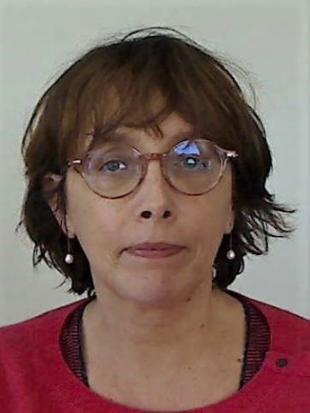Location:
Date:
Abstract:
The European Organization for Nuclear Research, known as CERN, builds the largest tools on Earth to study the smallest constituents of matter: colliders and detectors. Its flagship is the Large Hadron Collider (LHC), a 27 km long collider, consisting of more than 1600 supra-conducting magnets operating at 2 K and accelerating cavities to enable particle beams circulate and collide in four large detectors. The Geodetic Metrology group at CERN provides metrology and alignment for components installed in the accelerators, their beam transfer lines and the physics experiments throughout the CERN complex. It also performs R&D related to these tasks for upgrades of existing machines and for future accelerator and experimental projects. In this presentation, I will first introduce CERN and the Geodetic Metrology group, I will then review the instrumentation and methods developed for the LHC before concluding on the developments to be undertaken for the future colliders under study at CERN.
Biography:
Hélène Mainaud Durand is head of the Geodetic Metrology group at CERN, the European Organization for Nuclear Research, in Geneva, Switzerland. Her group provides metrology and alignment for components installed in the accelerators, their beam transfer lines and the physics experiments throughout the CERN complex. It also performs research and development related to all these tasks for upgrades to existing machines and for future accelerator and experimental projects. She is president of the European Society of Precision Engineering and Nanotechnology (EUSPEN) and fellow of the International Academy of Engineering and Technology (AET). She is the author of more than 70 papers on survey and alignment in particle accelerators.
Event Contact Name:
Francisco Rafael Garcia Garcia



